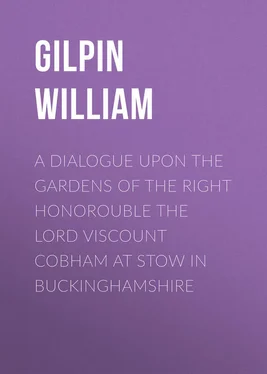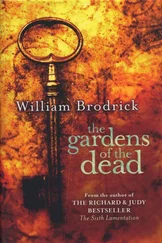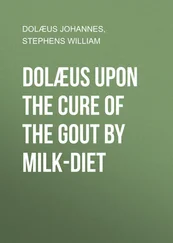Polypth. Upon my Word here is a noble Piece of Water!
Calloph. Not many Years ago I remember it only a Marsh: it surprized me prodigiously when I first saw it floated in this manner with a Lake. Observe, pray, what a fine Effect that old Ruin has at the Head of it: Its Ornaments too, the Cascade, the Trees and Shrubs, half concealing, and half discovering the ragged View, and the Obelisk rising beyond if, are Objects happily disposed.
Конец ознакомительного фрагмента.
Текст предоставлен ООО «ЛитРес».
Прочитайте эту книгу целиком, купив полную легальную версию на ЛитРес.
Безопасно оплатить книгу можно банковской картой Visa, MasterCard, Maestro, со счета мобильного телефона, с платежного терминала, в салоне МТС или Связной, через PayPal, WebMoney, Яндекс.Деньги, QIWI Кошелек, бонусными картами или другим удобным Вам способом.
Before 1753 there was no guide to any English garden except Stowe; by then the Stowe guidebook had gone through sixteen editions (one in French) plus two pirated editions, the Dialogue itself which mentions the guidebook on p. 17, and two sets of engraved views. For a modern account of Stowe see Christopher Hussey, English Gardens and Landscapes, 1700-1750 (London: Country Life, 1967), pp. 89-113. As a companion piece to this facsimile of Dialogue , ARS plans to publish in its 1976-77 series a facsimile of the Beauties of Stowe (1750), with an introduction by George Clarke.
Gilpin's authorship is argued by William D. Templeman, The Life and Works of William Gilpin (1724-1804), Illinois Studies in Language and Literature , XXIV. 3-4 (Urbana, 1939), pp. 34-5.
The distinction is made by Thomas Whately, Observations on Modern Gardening , 5th ed. (London, 1793), pp. 154-5.
The Grecian Valley is seen first on Bickham's engraved plan of 1753. This and other plans of Stowe are reproduced by George Clarke, "The Gardens of Stowe," Apollo (June, 1973), pp. 558-65.
See Peter Willis, "Jacques Rigaud's Drawings of Stowe in the Metropolitan Museum of Art," Eighteenth-Century Studies , 6 (1972), 85-98.
See George Clarke, op. cit. , p. 560.
On this topic see two essays by Ronald Paulson: "Hogarth and the English garden: visual and verbal structures," Encounters, Essays on Literature and the Visual Arts , ed. John Dixon Hunt (London: Studio Vista, 1971), and "The Pictorial Circuit and related structures in eighteenth-century England," The Varied Pattern , ed. Peter Hughes and David Williams (Toronto: Hakkert, 1971).
"There is more Variety in this Garden, than can be found in any other of the same Size in England , or perhaps in Europe " (p. 290).
Derek Clifford, A History of Garden Design (London: Faber, 1962), pp. 138-9.
"Poetry, Painting, and Gardening, or the Science of Landscape, will forever by men of taste be deemed Three Sisters, or the Three New Graces who dress and adorn nature": MS. annotation to William Mason's Satirical Poems , published in an edition of the relevant poems by Paget Toynbee (Oxford: Clarendon, 1926), p. 43. For an anthology of similar comments see The Genius of the Place: The English Landscape Garden 1620-1820 , ed. John Dixon Hunt and Peter Willis (London: Elek, 1975).
See Kenneth Woodbridge, Landscape and Antiquity (Oxford: Oxford Univ. Press, 1970), plates 2a, 2b, and 3.
On this see Derek Clifford, op. cit. , pp. 140 and 158.
I. W. U. Chase, Horace Walpole: Gardenist. An edition of Walpole's 'The History of the Modern Taste in Gardening' with an estimate of Walpole's contribution to landscape architecture (Princeton: Princeton Univ. Press, 1943), p. 26.
This is an apt example of the psychological theory of sight proposed by E. H. Gombrich, Art and Illusion (New York: Pantheon, 1961).
Three Essays: On Picturesque Beauty; on Picturesque Travel; and on Sketching Landscape (London, 1792), p. 49.
Carl Paul Barbier, William Gilpin, His Drawings, Teaching and Theory of the Picturesque (Oxford: Oxford Univ. Press, 1963), pp. 71, 106 and 139.
Op. cit. , p. 49.
Cited by Templeman, op. cit. , p. 228.












